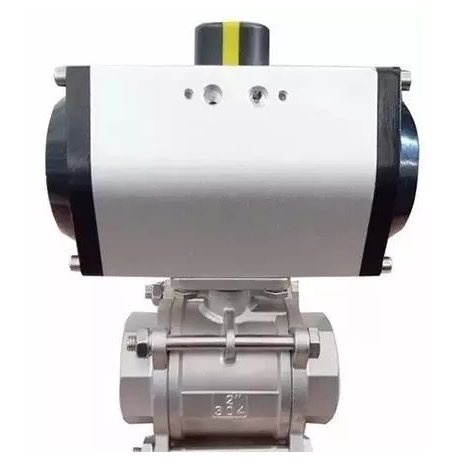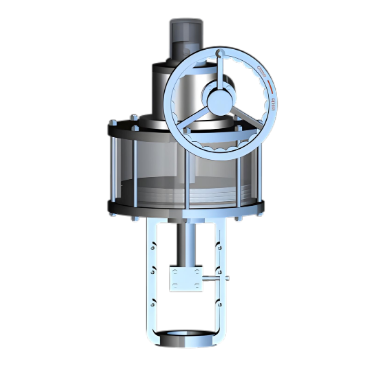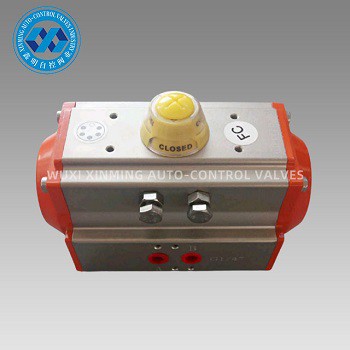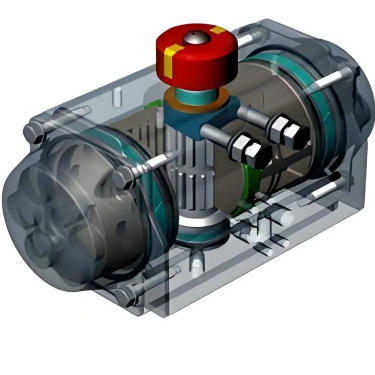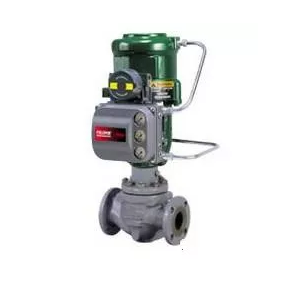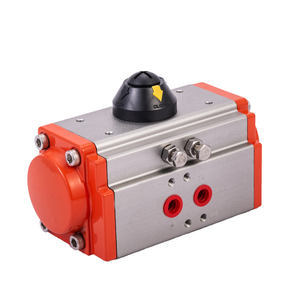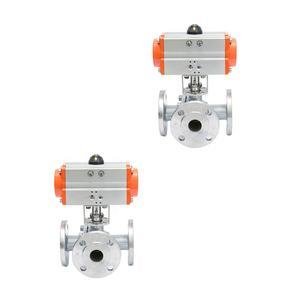To adjust the speed of a pneumatic rotary
valve actuator, a systematic approach centered on key operational aspects is
essential.
First, regulate the air flow rate.
Installing flow control valves in the air supply line is an effective strategy.
By controlling the volume of compressed air reaching the actuator, you can
directly impact its rotational speed. Opening the flow control valve more
widely permits greater air flow, thus increasing the speed, while constricting
it restricts the air supply and decelerates the actuator.
Second, modify the air pressure. Generally,
a higher air pressure leads to swifter actuator movement. However, it is
imperative to remain within the actuator's rated pressure range to prevent
damage. Employ a pressure regulator to precisely set and maintain the desired
pressure level. Reducing the pressure will lower the actuator's speed, while increasing
it within safe limits can boost the speed.
Finally, optimize the system layout.
Minimize the length and number of bends in the air supply pipes, as these can
induce pressure drops and influence the actuator's speed. Additionally, ensure
that the air supply system is leak - free, as even minor leaks can disrupt the
consistent air flow necessary for accurate speed control. Regular maintenance
of the entire pneumatic system further facilitates stable and adjustable
actuator speeds.
If you want to learn more about low-priced products, please visit the following website: www.xm-valveactuator.com


